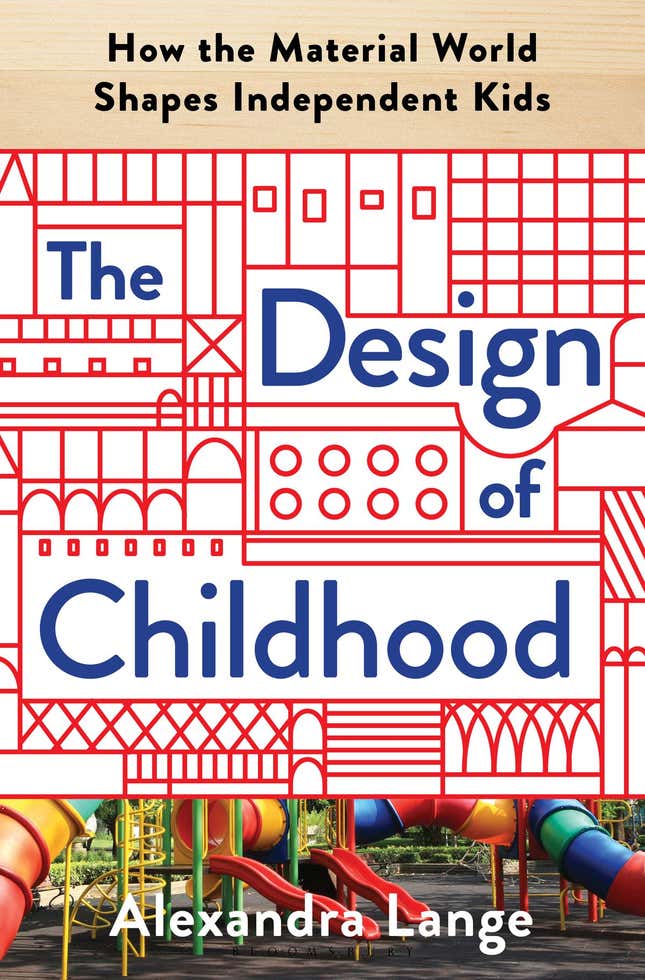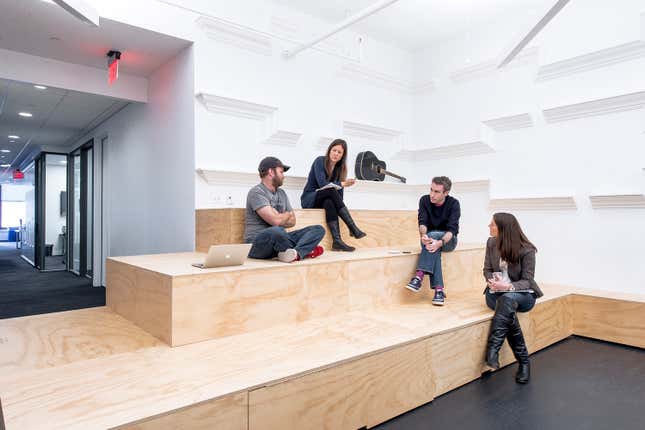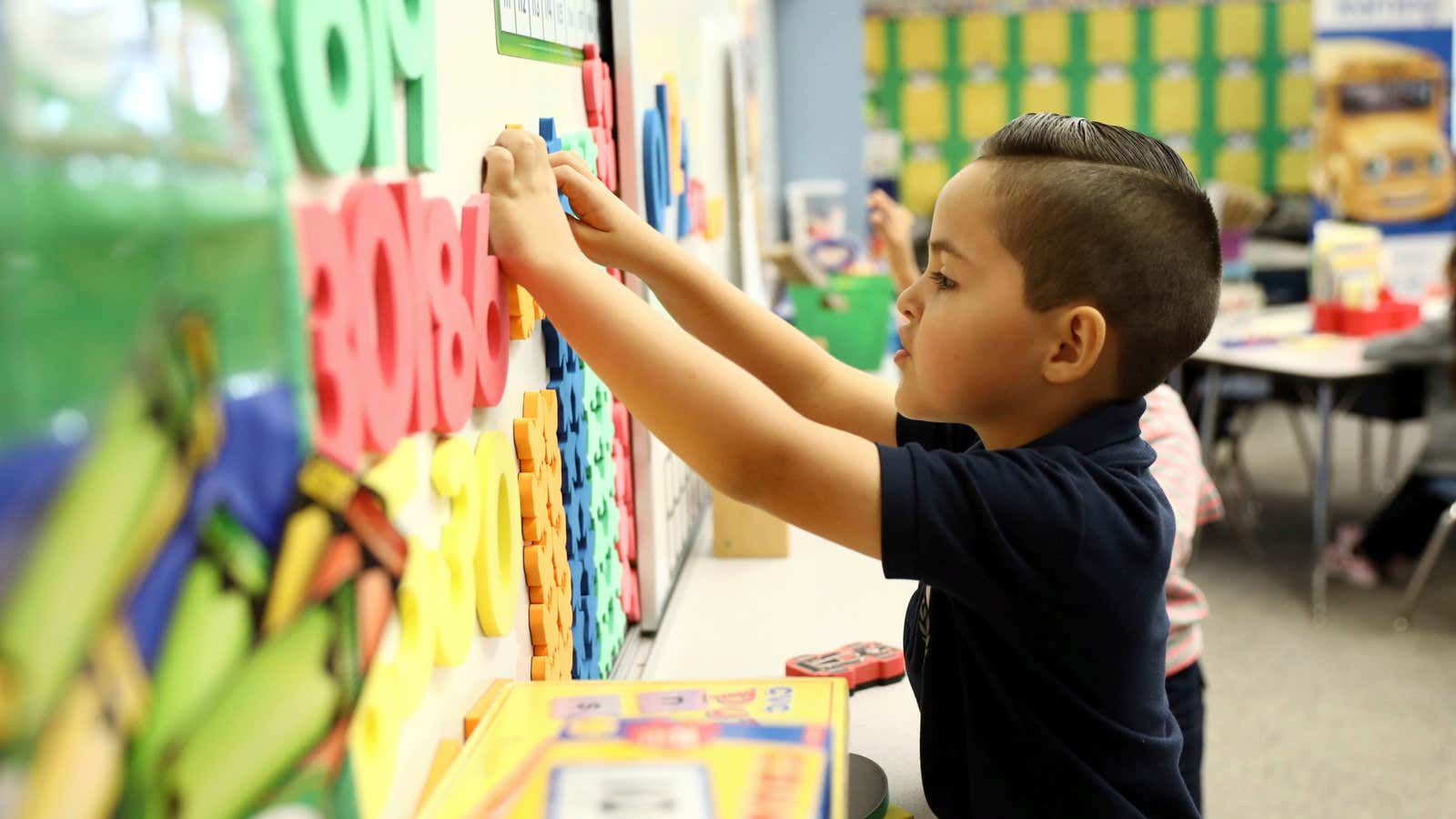Architects of corporate offices and school classrooms have a shared dilemma: How to design a space that allows for focused work and group activity. In the search for answers to fix the tyranny of open-plan offices, researching the history of elementary classrooms yields a surprising catalog of ideas.
In the new book “The Design of Childhood, architecture critic Alexandra Lange presents a fascinating survey of classroom design. From 19th c. one-room schoolhouses; the L-shaped layout in the progressive Crow Island School in Illinois; no-grid desk arrangements at the experimental Lincoln School at Columbia University Teachers College or the movable partitions and “breeze windows” of the innovative Rosenwald schools for African American children, Lange outlines how classrooms has evolved in response to changing politics, pedagogy and technology of the day.
Working closely with educators, school architects have obsessed for decades over creating optimized spaces, fiddling with furniture, ventilation, lighting, acoustics, ergonomics and sanitation. Architects have also found a way to foster a sense of belonging among students and teachers without plastering the walls with logos and specifying corporate-color themed interiors, as companies often do. They did this by choosing kid-sized furniture that made students feel at home in school, soothed by the “domesticity of materials,” as Lange puts it.

Each classroom design evolution presented solutions to improve the student experience. As workplace interior design expert Lindsay Wilson points out in a 2017 Quartz article, the education industry as a whole, are pioneers in design experimentation. Designers were mindful of the student’s physical measurements, (they made sure kids could reach things), postures, learning styles and schedule of activities. It’s a lesson that architects—particularly those who design offices—could take to heart, Lange argues.
“I think architects of open offices don’t pay enough attention to the choreography of the day,” Lange observes. “It is important to drill down on what people are actually spending time doing, and what will make them most comfortable doing it. Everyone wearing headphones is a sign that the architecture is insufficient, and can create social problems in an office,” she points out.
Several classic schoolroom elements have already seeped into the design of offices, though perhaps not always with the same consideration as they’ve been used in schools.
For instance, the kiva—a gathering space invented by Native Americans for spiritual ceremonies—is a common trope in start-ups. In lieu of bleacher seats, plywood kivas, usually one or two steps high, are now a familiar sight in assembly halls. (Quartz has one in our New York City headquarters.)

Kivas have been in elementary schools for decades, as a place for lectures, story time or an elevated perch for playing and reading. “In the 1960s and early 1970s, when open-plan schools became an educational trend, designers needed a way to incorporate group seating into buildings that might be one giant room,” explains Lange.
The kiva solution offers a budget-friendly seating and storage option for offices but it’s not necessarily the best seating option, especially for those wearing skirts. It’s also hard to climb for people with physical injuries, and even challenging for shorter people if the steps measurements are off. In schools, kivas are more intentionally sized for kids’ comfort and safety—with cushions and easier step inclines.
Beyond the cool furniture or branding, an office, like a school, has to first be comfortable for its users. “To pay good attention, the body has to be comfortable. Adequate daylight, good acoustics, fresh air, a supportive seat are a start, but there is tremendous variation in comfort levels for kids as there is for adults,” says Lange. “Adults may just have been trained to put up with more.”
